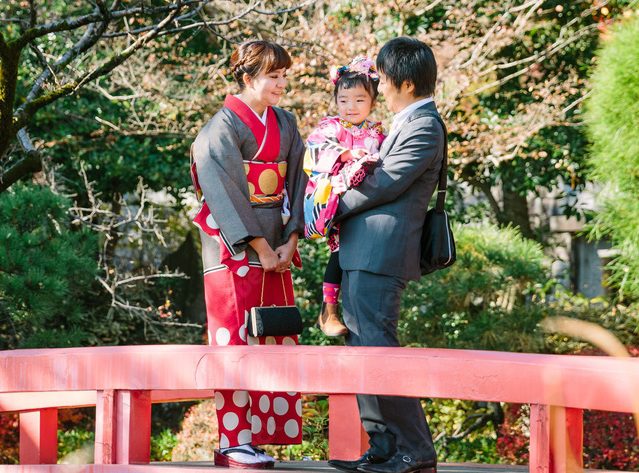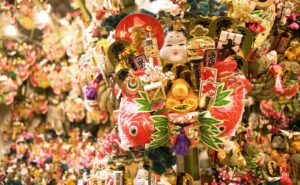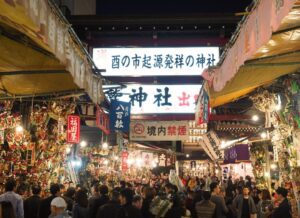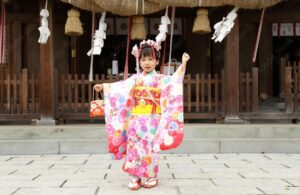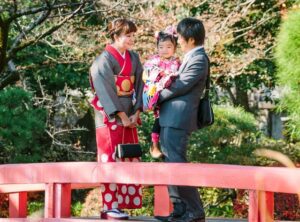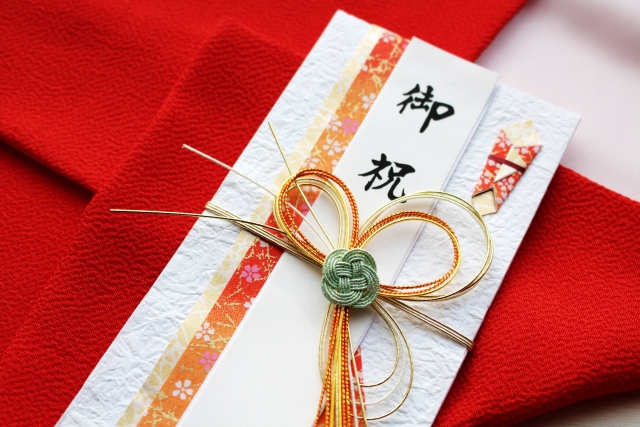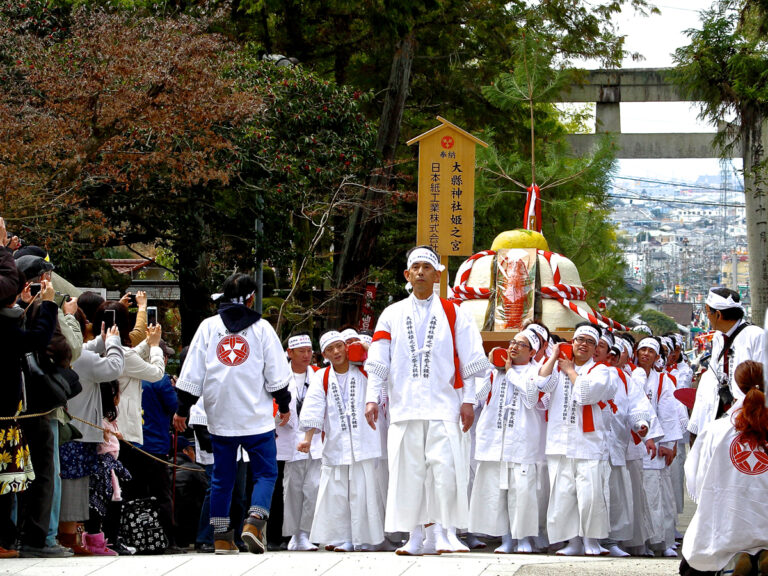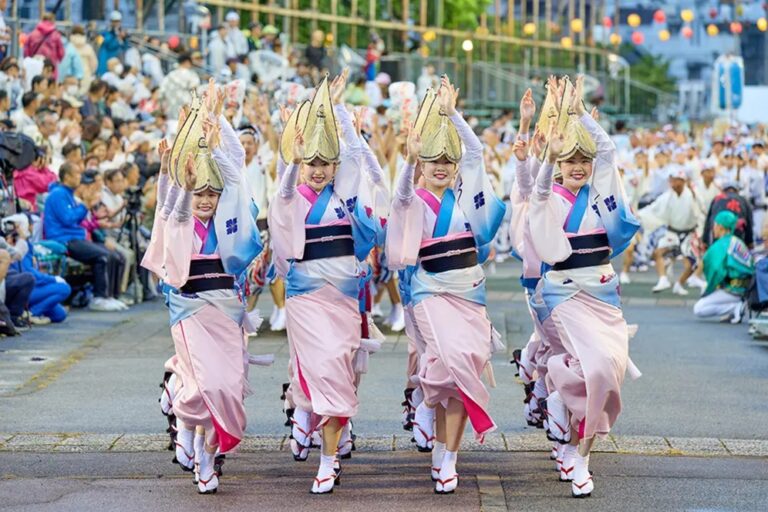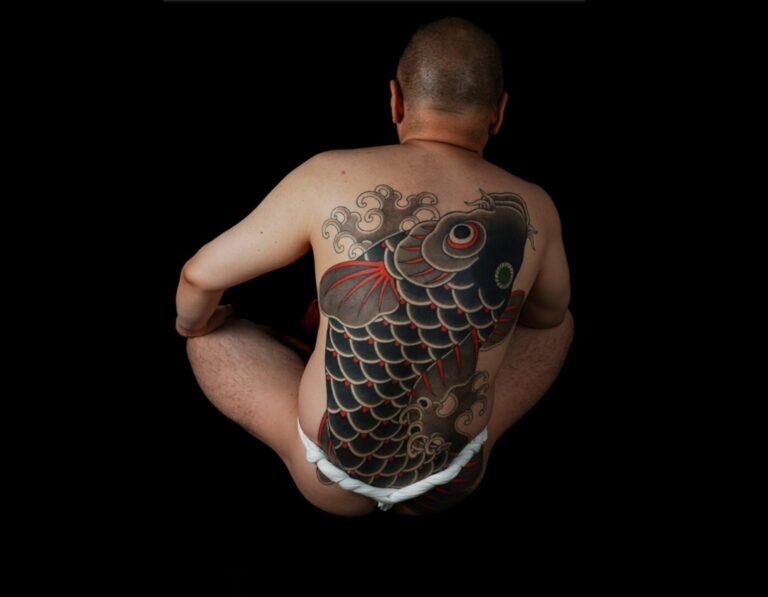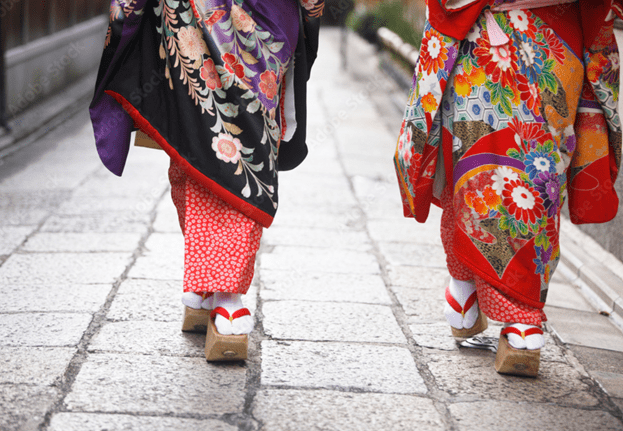Shichi-Go-San and Tori-no-Ichi ∣ November Events in Japan
In the traditional Japanese calendar, November is called Shimotsuki, meaning the month when frost begins to fall. It is the time when the leaves turn vivid colors, and the mornings and evenings become increasingly cold.
In early November, there is Rittō, one of the twenty-four seasonal divisions (nijūshi sekki). These divisions were created by dividing the year into 24 periods based on the sun’s movement, and Rittō marks the official beginning of winter according to the calendar.
Modern Events Expanding in Novembe
Culture Day (National Holiday・Order of Culture/November 3)
Culture Day is a national holiday established to “love freedom and peace, and to promote culture.” It was originally celebrated as the birthday of Emperor Meiji, called “Meiji-setsu.” After the promulgation of the Japanese Constitution on November 3, 1946, it was designated as a national holiday.
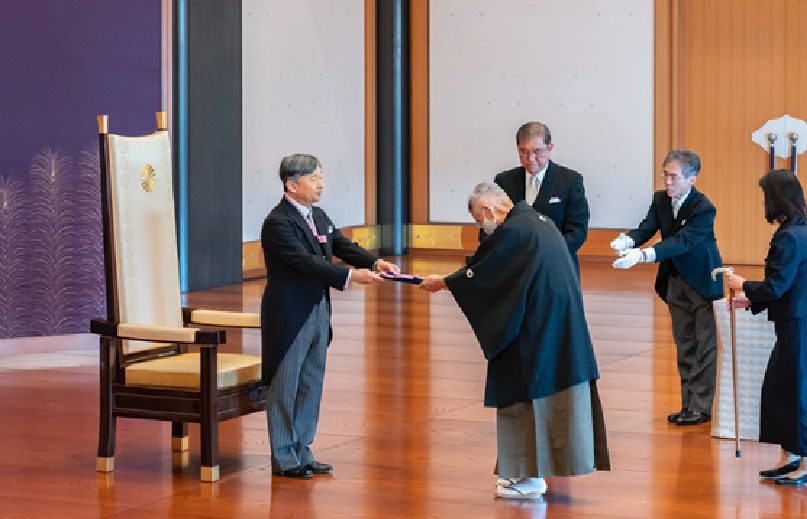
On this day, the Order of Culture is conferred at the Imperial Palace, honoring individuals who have achieved outstanding accomplishments in fields such as academics, arts, and sports. Museums and art galleries often offer free admission or hold special exhibitions, making it a day closely associated with “autumn of culture.” School and community cultural festivals also take place around this time, providing many opportunities to engage with culture at the beginning of November.
Pocky & Pretz Day (Corporate Anniversary・SNS Trend/November 11)
Pocky & Pretz Day was established by Ezaki Glico in 1999. The date, November 11, was chosen because the numbers “1111” resemble stick-shaped snacks. On November 11, 1999 (Heisei 11/11/11), a large-scale campaign was conducted, and since then it has become an annual event.
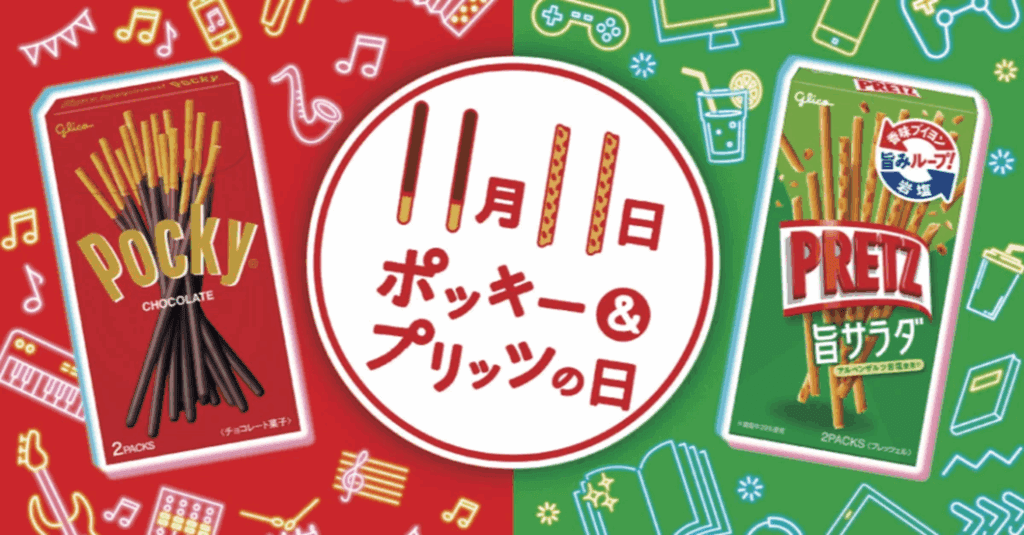
With the spread of social media, the day has become rooted in youth culture. Friends and couples share snacks or play the “Pocky Game,” often posting their activities online. Companies also release limited edition packaging or hold events, making this a modern, playful November event that combines commerce and pop culture.
Beaujolais Nouveau Release (New Wine・Third Thursday/November 20, 2025)
Beaujolais Nouveau is a new wine made from grapes harvested in the Beaujolais region of France, and its release date is fixed on the third Thursday of November each year. In Japan, its popularity rose during the wine boom of the 1980s, and it has since taken root as a seasonal event.

Its fresh and youthful taste is especially attractive, and on the release day department stores, restaurants, and wine bars hold related events. It becomes a major topic on social media, and pre-orders via delivery and online shops are also widespread. In 2025, the release day falls on Thursday, November 20, and many fairs are scheduled nationwide.
Good Couple Day (Commemorative Campaign・Marriage Certificates/November 22)
Good Couple Day was created from the wordplay “11=ii (good), 22=fūfu (married couple).” It was proposed in 1988 by the Leisure Development Center and later spread nationwide through the efforts of the “Good Couple Day Promotion Association.”
Couples enjoy special dinners together or exchange gifts, and in recent years local governments have offered commemorative marriage registration forms or organized photo sessions. It has expanded not only as a commercial event but also as a public initiative promoting couples and families.
Ski Resorts Open (First Ski・Artificial Snow/Mid to Late November)
In mountainous areas at higher altitudes, the ski season begins in November. Ski resorts equipped with artificial snow machines often open around the long weekend of Labor Thanksgiving Day, attracting skiers eager to enjoy the first runs of the season.
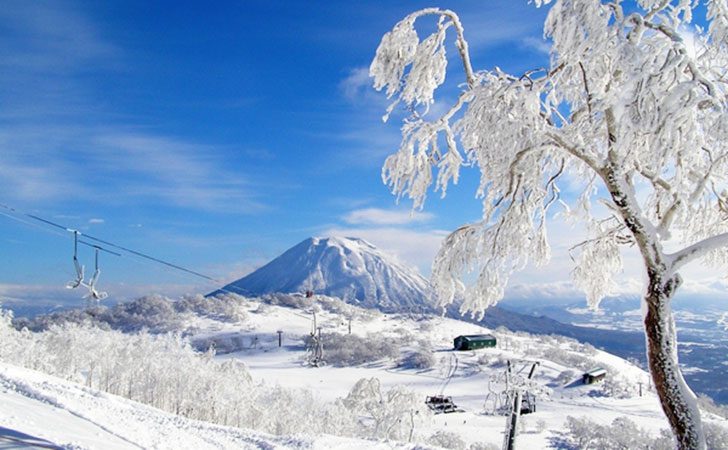
While autumn leaves are still at their peak in urban areas, winter sports already begin in snowy regions, creating a striking seasonal contrast unique to Japan. Major ski resorts in Nagano and Niigata begin full operations from late November, marking the start of the winter tourism season, with many visitors from the Tokyo metropolitan area.
Traditional Events Marking the Seasonal Transition
Rittō (Twenty-Four Seasonal Divisions・Beginning of Winter/November 7, 2025)
Rittō is one of the twenty-four seasonal divisions, marking the official start of winter in the traditional calendar. In 2025, it falls on November 7. The mornings and evenings grow colder, and it is a time when people strongly feel the change of season.

Families begin preparing hot pot dishes and warm drinks, and kotatsu or heating appliances start to appear in homes. In haiku and seasonal almanacs, “Rittō” is used as a winter seasonal word, and in literature and art it has long been a marker of seasonal transition. In northern regions such as Hokkaido and Tōhoku, the first snow may also fall around this time.
Tōkanya (Harvest Festival・Rice Field Deity/November 10)
Tōkanya, or “Tenth Night Festival,” is a harvest festival traditionally held on the tenth day of the tenth lunar month, celebrating the completion of the rice harvest and giving thanks to the rice field deity. It has been mainly practiced in eastern Japan.
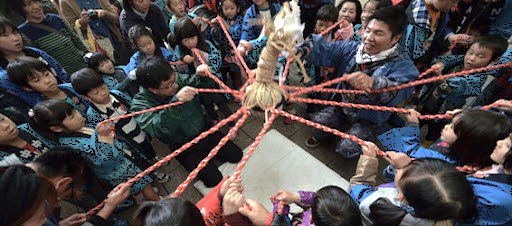
In some regions, children once played “rice field games” by striking straw to drive away harmful insects. In western Japan, a similar event is called “Inoko.” While the names and practices differ by region, both are ways of honoring the harvest. Today, Tōkanya is mainly preserved by local cultural associations, continuing as a valuable example of Japan’s agrarian rituals.
Tori-no-Ichi (Prosperity Festival・Lucky Rakes/November 12 & 24, 2025)
Tori-no-Ichi is a festival held on the “Days of the Rooster” in November, primarily at shrines such as Ōtori and Washi Shrines, to pray for prosperous business and good fortune. It is said to have originated in the Edo period, either from farmers celebrating the harvest at Asakusa’s Washi Shrine or from warriors praying for victory.
Stalls line the shrine grounds selling kumade (decorated rakes), adorned with motifs such as cranes, turtles, rice ears, gold coins, and beckoning cats. Buying a rake is thought to “rake in fortune,” and customers often purchase larger ones each year. When purchased, the seller and buyer clap their hands together in a rhythmic cheer, calling out “Prosperity in business!” In 2025, the festival takes place twice: the first Tori-no-Ichi on Wednesday, November 12, and the second on Monday, November 24.
Shichi-Go-San (Children’s Growth Celebration・Shrine Visit/November 15)
Shichi-Go-San is a traditional celebration to thank for children’s growth and to pray for their future well-being. Its origins go back to Heian-period court rituals, later spreading among the common people during the Edo period. Girls celebrate at age three with the Kamioki-no-gi (ceremony of beginning to grow hair) and at age seven with the Obitoki-no-gi (ceremony of wearing an obi sash). Boys celebrate at age five with the Hakamagi-no-gi (ceremony of first wearing a hakama). In some western regions, boys also celebrate at age three, but in eastern Japan age five is most common.
Today, families visit their ujigami-sama※1 or local shrines, receive prayers, and then hold family gatherings or celebratory meals. Chitose-ame (thousand-year candy) is an essential item, symbolizing longevity and health. Children wear traditional kimono, hakama, or modern outfits such as dresses and suits, with photo studios and rental services widely used.
Although November 15 is the traditional day, many families choose surrounding weekends or weekdays between late October and late November to avoid crowds and fit their schedules. Shichi-Go-San remains a living tradition where ancient customs and modern family practices blend.
※1 Ujigami-sama: The tutelary deity of a family or community, enshrined at a local Shinto shrine.
Labor Thanksgiving Day (National Holiday・Niiname-sai/November 23)
Labor Thanksgiving Day was established in 1948 as a national holiday to “respect labor, celebrate production, and give thanks to one another.” Its origin lies in the ancient court ritual Niiname-sai, where newly harvested rice was offered to the gods and eaten by the Emperor.
Today, it is observed as a day of gratitude for all kinds of work, not limited to agriculture. Harvest festivals and ceremonies of recognition are held across the country. In the Imperial Palace, Niiname-sai is still performed, and its proceedings are covered in the media.
Momijigari (Autumn Leaf Viewing・Seasonal Outing/October–November)
Momijigari, literally “hunting red leaves,” originated as an aristocratic pastime in the Heian period and remains one of Japan’s most beloved autumn activities.
In November, leaves reach their peak colors across the country. In Kyoto and Nara, temples and shrines hold evening illuminations, while scenic valleys in Tōhoku and Shinshū attract many visitors. In cities, ginkgo-lined avenues turn golden, offering beauty in daily life. Many people combine momijigari with hot spring trips or hiking, making it a key symbol of Japan’s autumn.
Major Events in November 2025
- November 3 (Mon) Culture Day
- November 7 (Fri) Rittō
- November 10 (Mon) Tōkanya
- November 11 (Tue) Pocky & Pretz Day
- November 12 (Wed) First Tori-no-Ichi
- November 15 (Sat) Shichi-Go-San
- November 20 (Thu) Beaujolais Nouveau Release
- November 22 (Sat) Good Couple Day
- November 23 (Sun) Labor Thanksgiving Day/Niiname-sai
- November 24 (Mon) Substitute Holiday・Second Tori-no-Ichi
Note: The dates listed in this article are for the year 2025 (from January onward, dates are based on the 2026 calendar).

Editor and writer from Japan. Not the best at English, but I share real stories with heart and honesty — aiming to connect cultures and ideas that matter.

